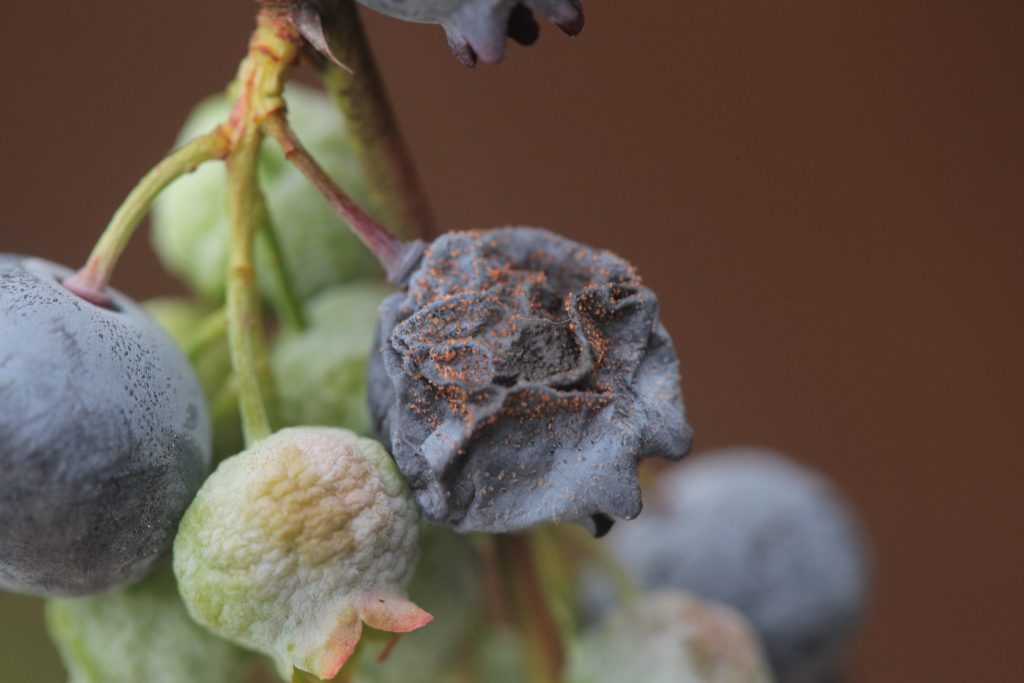Alternative control of Drosophila suzukii

A team of researchers in the US has found that blueberries infected with the fungus Colletotrichum fioriniae emit odors that repel spotted-wing drosophila, a destructive fruit fly pest. The researchers were able to recreate the repellant aroma from the fungus, tricking the flies into perceiving healthy fruit as infected. This discovery could offer an alternative pest control method that reduces the need for insecticides.
Spotted-wing drosophila is a significant threat to thin-skinned fruits and causes economic losses for growers worldwide. The flies are difficult to control due to their life cycle occurring inside the fruit, where they are protected from traditional insecticide sprays. Furthermore, their exponential growth rate enables infestations to spread rapidly. This has resulted in heavy pesticide use, environmental contamination, and the promotion of insecticide resistance.
The researchers identified specific volatile chemicals emitted by the fungus that repel D. suzukii flies. Two of these chemicals, ethyl crotonate and ethyl butyrate, were found to be particularly potent in repelling the flies. These natural repellents have the potential to be incorporated into a pest control strategy known as “push-pull” management. In this approach, the repellents “push” the insects away from the crop while an attractant lures them towards a trap containing insecticide.
The next steps for the research team involve testing these repellents in the field, both alone and in combination with attractants, to determine their effectiveness. They are also interested in exploring if these repellents can work on other fruits infested by D. suzukii, such as strawberries, cherries, and raspberries.
Overall, this study contributes to the need for alternative approaches to manage fruit fly pests, providing non-toxic options for growers that reduce the reliance on insecticides.


























